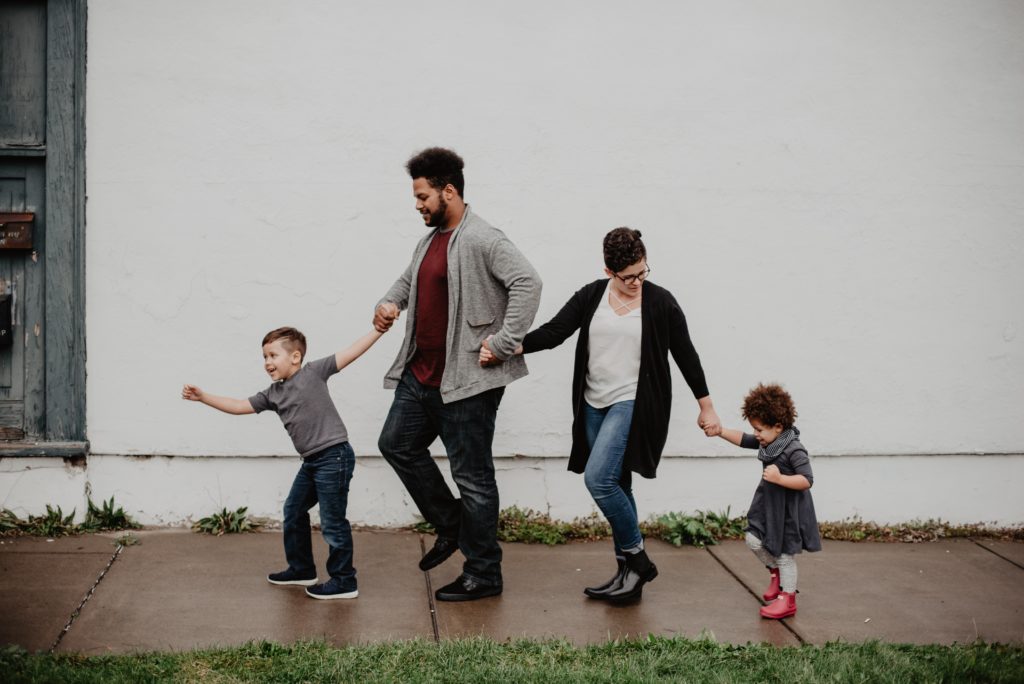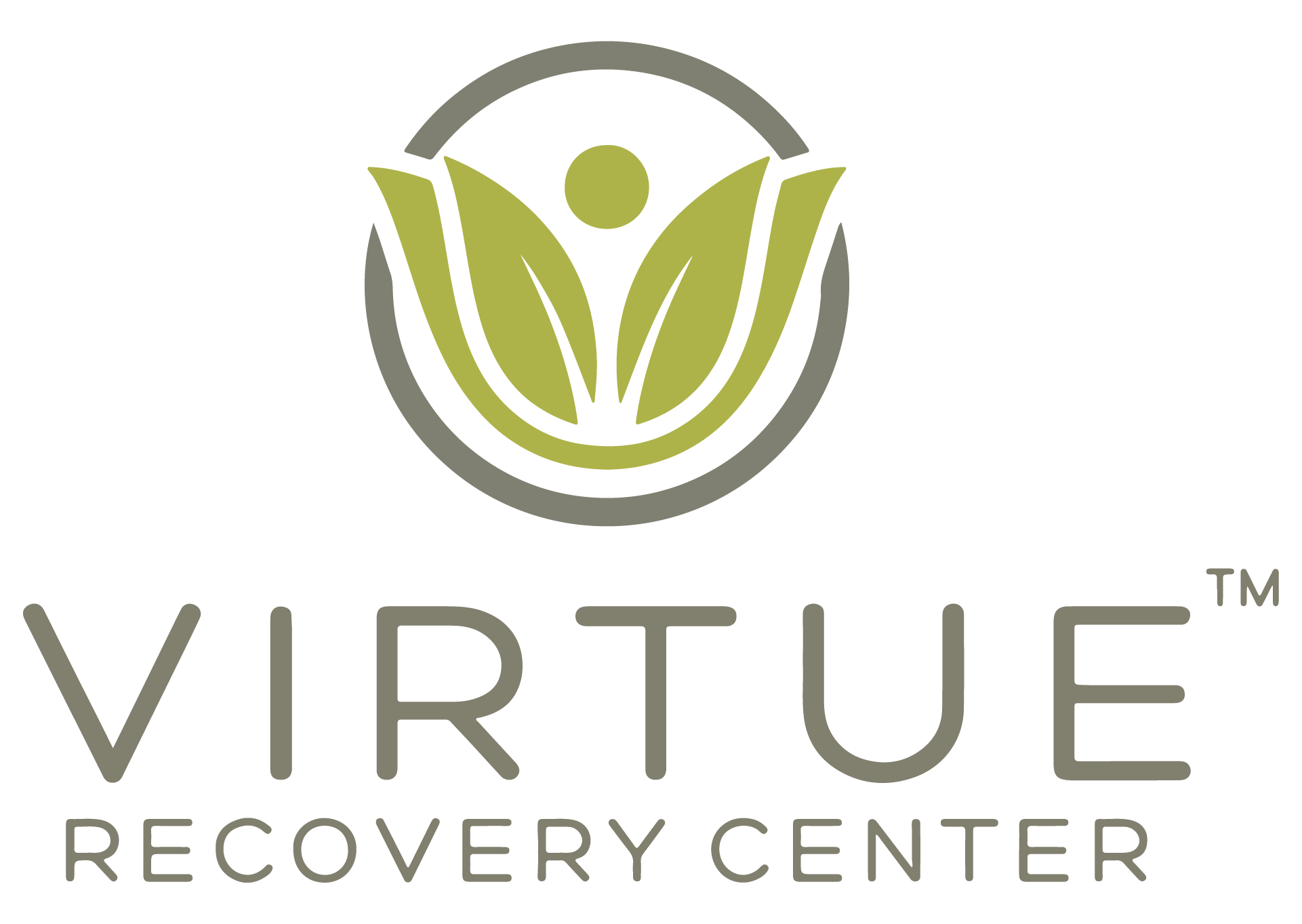Implement these in your home to prevent drug and alcohol use Be Consistent Make sure that both adults/guardians are sharing the same message on drug and alcohol use Create consistent...
Implement these in your home to prevent drug and alcohol use
Be Consistent
- Make sure that both adults/guardians are sharing the same message on drug and alcohol use
- Create consistent rules, boundaries and consequences around drugs, alcohol and peer groups
- Set boundaries and verify they are met; extend privileges as earned over time
- Model the behaviors that you want to see in your child
- Engage in positive activities such as exercise, athletics, faith and constructive hobbies
Communicate
- Listen more than you speak and create opportunities for two-way conversations around substance use
- Share real-life examples of drug and alcohol use and their consequences
- Role-play situations and give your child words to say “no” and remove themselves from peer pressure
- Share personal/family use with honesty, but without reliving or glamorizing past drug/alcohol use.
Educate Yourself
- Identify current drugs and paraphernalia associated with drug use
- Be able to recognize the signs and symptoms of drug/alcohol use
- Know the effects of drug use and what your child is likely to look like on drugs
- Properly dispose of unused prescription pills and lock and monitor alcohol or family members prescriptions
- Create a home atmosphere where kids feel comfortable
Know Your Child
- Be able to recognize anything out of the ordinary that may be signs of substance use
- Be aware of internet use and what kids are posting, sharing and viewing online
- Check your child’s room and backpack for drug paraphernalia and alcohol on a regular basis
- Discuss boundaries around drugs/alcohol with parents your teens interact with
- Use drug testing or breathalyzers to verify the behavior
- Try to spend 15 minutes a day with each child
Build Community
- Enlist the support of family, friends, coaches, etc. to help support and uphold family values
- Encourage members of your community to create a drug and alcohol prevention plan.































